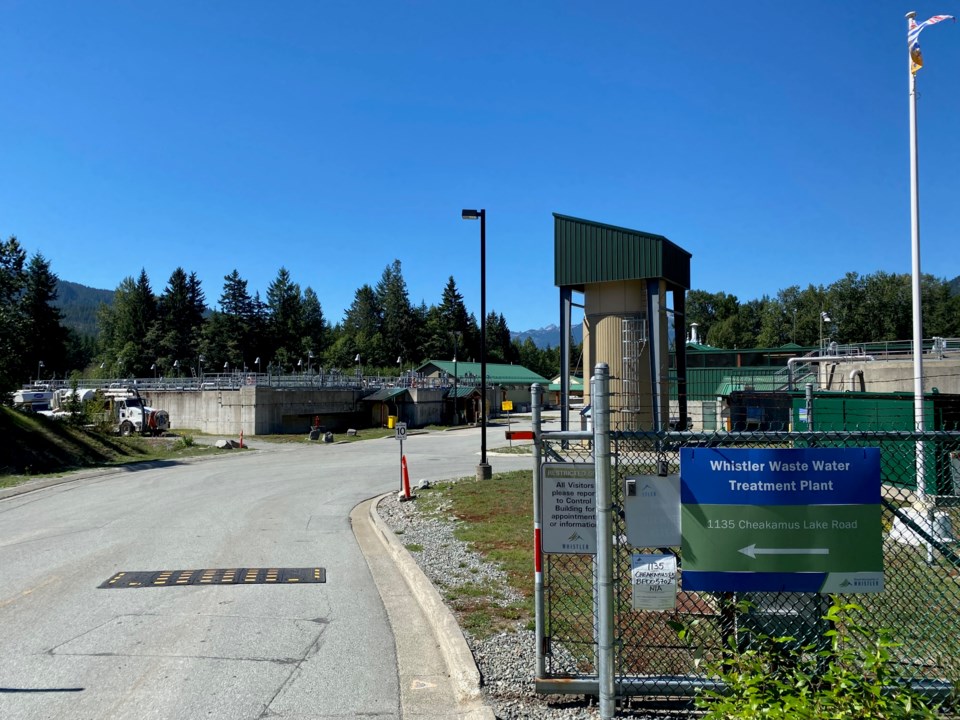Every homeowner has a balance to strike when deciding how to spend money on their house. Do you spring for that modern new addition or invest in sprucing up what you already have?
In the case of the Resort Municipality of Whistler (RMOW), it’s a bit of Column A, a bit of Column B.
“It is a complex house that we need to keep in order,” said Councillor Arthur De Jong at a Nov. 19 committee of the whole meeting, where staff presented the 2025 draft projects budget review report.
Breaking down the $38.5 million in capital spending for 2025, the report painted a picture of an aging resort that will require major upkeep in the coming years.
“The care and maintenance is not reducing over time. It’s actually increasing,” said municipal CAO Ginny Cullen to elected officials. “We're constantly balancing. How do we ensure that we are looking after the assets of the community well … and then also staying aware [of] where there may be broadening and unmet needs in the community?”
Instead of categorizing proposed expenditures by department, the RMOW this year divided them into different focus areas. One of those is asset maintenance and capital renewal, which totalled roughly $6,402,199 for 2025, 15 per cent higher than the municipality’s five-year average. The big-ticket projects in this category include $1.29 million for road upgrades, $620,000 for upgrades to municipal hall that will address fire code issues, $490,000 for improvements to Whistler’s public works yard, and $458,749 for infrastructure renewal, upgrades or replacement at various recreation facilities. The projects budget earmarks $44,059,917 for asset maintenance and capital renewal from 2026 through 2029.
In its projects report, the RMOW conceded the money proposed for repair and replacement in 2025 is, for many assets, less than the “healthy amount appropriate to a good long-term outcome, but the proposed work plan makes good use of the existing team’s capacity and the current available funds.” Given that reality, some projects have been put off for 2025, like planned upgrades to the Meadow Park Sports Centre.
“Meadow Park [Sports Centre] isn’t listed as a big key project in 2025, but it is a substantial part of the cost in future years, because we know there is some work to be done there,” said GM of infrastructure services James Hallisey.
The budgetary balancing act the RMOW is trying to strike will likely mean increasing contributions to its reserves in the coming years. Contributions to both its general capital and transportation works reserve fund are proposed to increase from just below $8 million last year, to more than $12 million in 2029.
The report described reserve contributions being designed along a “middle path,” so that, by 2029, funding will equal the anticipated cost of asset degradation but won’t be enough to offset expenditures between 2024 and ’28.
Because reserve contributions and project spending don’t have to match in a given year, municipalities have the flexibility to spend on assets as needed without major impacts on tax rates. Project spending can increase, with little effect on taxes, while reserve contributions remain stable.
“This behaviour can continue for years before the effect on reserve balances becomes evident,” explained chief financial officer Carlee Price. “It also means there must necessarily be periods of correction where the contribution increases with no accompanying increase in the number of new goodies, and this is where we find ourselves today.”
In October, municipal staff floated a 9.5-per-cent property tax increase for next year.
The RMOW slated a similar amount for new amenities and meaningful upgrades in 2025—$6,427,815—as it did for asset maintenance and capital renewal. Almost a third of that amount, $4,480,000, is proposed for the redevelopment of Whistler’s public safety building, which will increase capacity for Whistler RCMP and the local fire department.
Another $18,385,922 has been proposed for utilities renewal and upgrades in 2025, and more than $80 million for 2026 through ’29. The wastewater treatment plant makes up a large chunk of expenditures in this category, with nine different projects planned in 2025 totalling $6.8 million. The largest single spend for next year, $4,345,922, was proposed for water pump station upgrades meant to enhance corrosion protection and water-use efficiency. Next on the list was $2,525,000 for sewer system repairs and upgrades.
Fleet and equipment expenditures for 2025 total $2,664.766, the bulk of which—$2.28 million—is slated for fleet replacement, including two new fire trucks.
Climate mitigation and adaptation accounts for $2,414,216 in project spending, of which the biggest line items are $875,000 for Fitzsimmons Creek flood protection, and $677,182 for wildfire mitigation, which includes fuel-thinning and updating the RMOW’s Community Wildfire Protection Plan.
For technology infrastructure and modernization, the municipality has proposed $1,280,065 in spending, with $267,565 to upgrade RMOW software applications, $254,900 for computer systems replacement, and $251,000 for maintenance and replacement of network equipment.
Staff proposed $600,000 for strategies, studies and policy development, with nearly half of that going to planning initiatives, including housing initiatives, the Creek West Neighbourhood Plan, and updates to the Official Community Plan.
Going to smart tourism and community engagement, staff proposed spending $367,000, with the biggest ticket item the $100,000 slated for the maintenance and development of the RMOW’s website.
View the full project list here.






